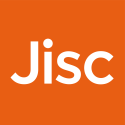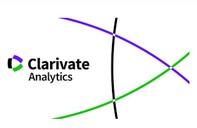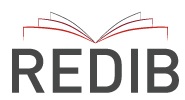Family adaptation of internationally adopted children.
Supporting Agencies
- Ministerio de Trabajo y Asuntos Sociales
- y Consejería de Sanidad y Bienestar Social de la Junta de Castilla y León.
Abstract
This paper analyzes the initial adaptation of a group of internationally adopted children and their subsequent adjustment after an average of three years living with their adoptive families. The sample consisted of 258 children adopted internationally by families living in four different regional communities in Spain. Fathers, mothers and children were visited and interviewed in their own homes. Results show very positive evaluations from families about children´s initial adaptation, although most of the children arrived with mild/moderate (19%) or severe (43%) developmental problems (assessment by Battelle scale). Level of development at arrival, initial adjustment, and behavioral problems are related to the dynamics established in these families three years, on average, after adoption. This paper provides data that allow us to emphasize the importance of preparation of families who are going to adopt, but also the importance of the support and follow-up after adoption.Downloads
The works published in this journal are subject to the following terms:
1. The Publications Service of the University of Murcia (the publisher) retains the property rights (copyright) of published works, and encourages and enables the reuse of the same under the license specified in paragraph 2.
© Servicio de Publicaciones, Universidad de Murcia, 2022
2. The works are published in the online edition of the journal under CC BY-SA 4.0 license, a Creative Commons Reconocimiento-CompartirIgual 4.0 (legal text). You are free to:
- Share: copy and redistribute the material in any medium or format for any purpose, even commercially.
- Adapt: remix, transform, and build upon the material for any purpose, even commercially.
The licensor cannot revoke these freedoms as long as you follow the license terms, under the following terms:
- Attribution: You must give appropriate credit , provide a link to the license, and indicate if changes were made . You may do so in any reasonable manner, but not in any way that suggests the licensor endorses you or your use.
- ShareAlike: If you remix, transform, or build upon the material, you must distribute your contributions under the same license as the original.
No additional restrictions: You may not apply legal terms or technological measures that legally restrict others from doing anything the license permits.
This work is licensed under a Creative Commons Attribution-ShareAlike 4.0 International License.
3. Conditions of self-archiving. Is allowed and encouraged the authors to disseminate electronically pre-print versions (version before being evaluated and sent to the journal) and / or post-print (version reviewed and accepted for publication) of their works before publication, as it encourages its earliest circulation and diffusion and thus a possible increase in its citation and scope between the academic community. RoMEO Color: Green.















